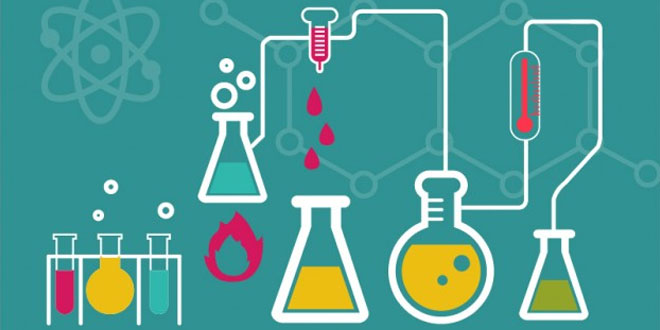Question: Define the following: Valency, Atomicity, Chemical Equation, Rusting, Galvanization, Crystallization.
Answer: Definitions are as follows:
- Valency: The combining capacity of atoms of an element with the atoms of other elements is known as valency.
- Atomicity: The number of atoms that make up a molecule of an element is known as its atomicity.
- Chemical Equation: The re[representation of a chemical reaction using symbols and formulae of the elements or compounds involved in the reaction is known as a chemical equation.
- Rusting: The process of formation of a reddish-brown substance on the surface of the iron objects in the presence of flaky moisture and air is called rusting.
- Galvanization: The process of coating iron objects with a thin layer of zinc is known as galvanization. For example – the iron pipes used for supplying water at our homes are galvanized to prevent rusting.
- Crystallization: The formation of crystals is known as crystallization. It is an example of physical change.
Question: Difference between Atom and Molecules; Endothermic and Exothermic.
Answer: The difference is as follows:
Endothermic
Exothermic
1. Reactions accompanied with absorption of heat are called endothermic reaction.
1. Reaction accompanied with release of heat are called exothermic.
2. For example, Carbon + Sulphur + heat → Carbon disulphide
2. For example, Carbon + Oxygen → Carbon dioxide + Heat
Atom and Molecules
Atom
Molecules
1. Atom is the smallest unit of matter.
1. Two or more atoms that chemically bound together forms a molecule.
2. It is impossible to break down atoms further.
1. Molecules can be subdivided to individual atoms.
3. For example, Atoms of element gold cannot be broken down.
3. For example, When two atoms oxygen combine to form a molecule, it becomes oxygen.
Question: Difference between Compound and Elements; Compounds and mixtures.
Answer: The difference is as follows:
Compound and Mixtures
Compound
Mixtures
1. Substances in which two or more elements are combined together chemically indefinite proportion, they are called Compound.
1. Substances in which two or more substances that are mixed together physically in no definite Proportion, they are called Mixtures.
2. Two atoms of hydrogen and one atom of oxygen makes water.
2. Sugar solution (water and sugar) is the example of mixture.
Compound and Element
Compound
Element
1. A substance formed by the chemical combinations of two or more elements in fixed proportion.
1. A substance that cannot be decomposed into simpler substances by chemical means.
2. The smallest particle of a compound is a molecule.
2. Element is made up of only one kind of atom.
3. For example, Water is a compound made up of hydrogen and oxygen.
3. Iron, gold, hydrogen and oxygen are some of the elements.
Question: Difference between Chemical and Physical Change.
Answer: The difference is as follows:
Chemical Change
Physical Change
1. A new substance is formed.
1. No new substance is formed.
2. It is a permanent change.
2. It is a temporary change.
3. The composition of new substance changes.
3. No change in the composition of change takes place.
4. It is irreversible.
4. It is reversible.
5. Heat or light evolved or absorbed during change.
5. No heat or light evolved or absorbed or may be evolved or absorbed.
 Class Notes NCERT Solutions for CBSE Students
Class Notes NCERT Solutions for CBSE Students




I like this site. It is very good.